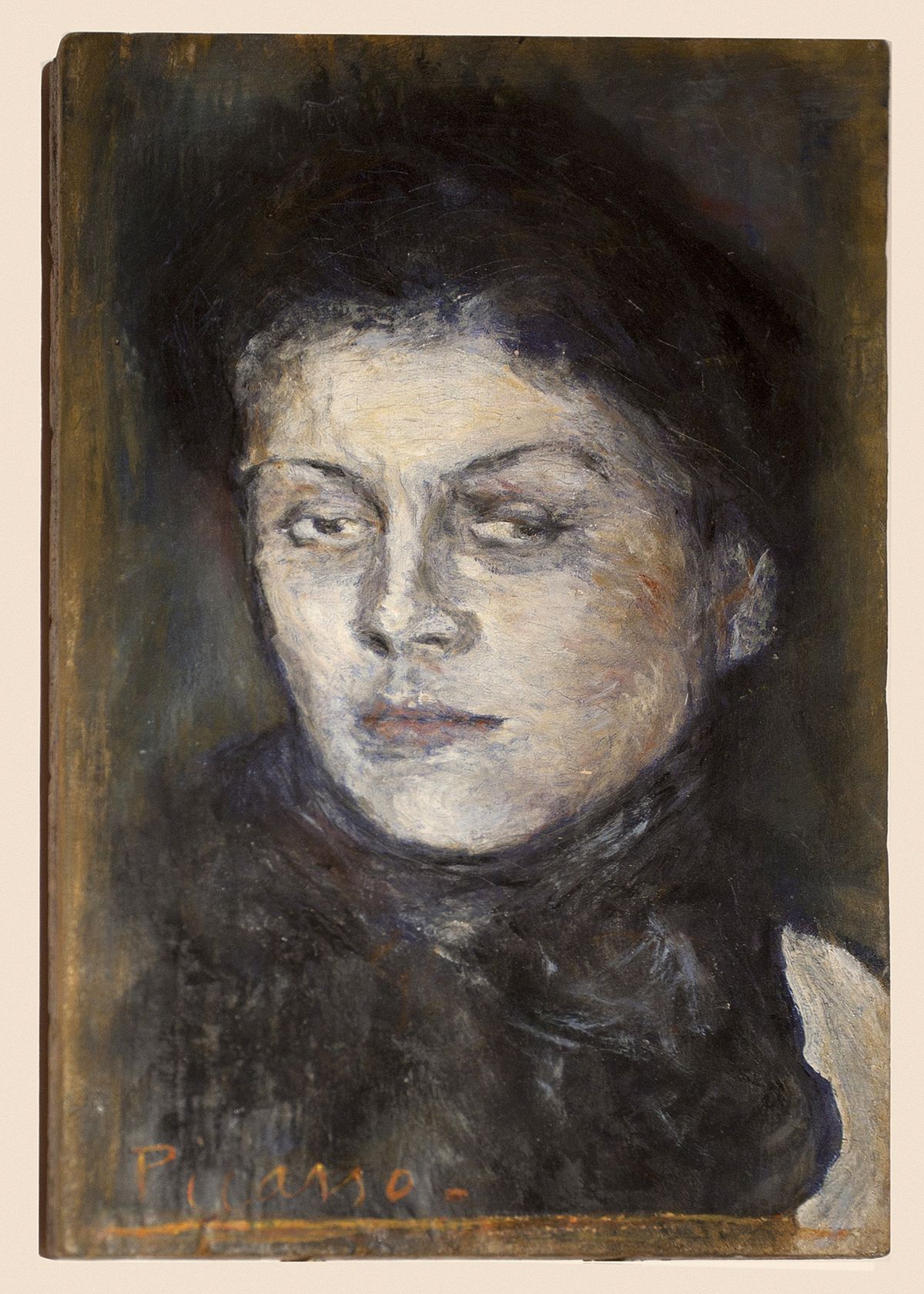April Fool display features art forgeries

CINCINNATI — Fool me once, the saying goes. But 50 times? That’s what a convincing art forger did for nearly three decades when he donated his copies of Picassos and other works of art to unsuspecting museums in 20 states.
Mark A. Landis, who has dressed as a Jesuit priest or posed as a wealthy donor driving up in a red Cadillac, apparently never took money for his forgeries and has never been arrested.
Now his “works” have been collected into their own tongue-in-cheek exhibit, called Faux Real and opening on April Fools’ Day at the University of Cincinnati.
Educating people about forgery and letting people know about Landis “is the only way to stop him,” said Mark Tullos, director of the Paul and Lulu Hilliard University Art Museum in Lafayette, La., which was duped in 2010 with a donation of a painting supposedly by American Charles Courtney Curran.
Landis creates works in oil, watercolor, pastels, chalk, ink and pencil, making most of his copies from museum or auction catalogs that provide dimensions and information on the originals.
He sometimes bestows gifts under different names, such as the Father Arthur Scott alias used at Hilliard. In that case, he told officials that his dead mother had left works including Curran’s oil-on-wood painting “Three Women” and that he was donating it in her memory.
Tullos said museum employees became suspicious when Landis kept changing the subject under questioning. After he drove off, the museum quickly concluded it was a forgery.
To convince museums he is a philanthropist, he also concocts elaborate stories about health concerns, said Cincinnati exhibit co-curator Matthew Leininger.
“He has been having heart surgery for almost 30 years,” Leininger said with a frustrated laugh. “This is the strangest case the museum realm has known in years.”
Landis, 57, acknowledges what he’s up to. He told The Associated Press in a phone interview from his home in Laurel, Miss., that he made his first forgery donation to a California museum in 1985.
“They were so nice. I just got used to that, and one thing led to another,” he said. “It never occurred to me that anyone would think it was wrong.”
The Cincinnati exhibit of about 40 works given to 15 museums grew to around 100 when Landis donated 60 pieces he possesses, along with his priest’s outfit.
The Faux Real show will run through May 20 at the Dorothy W. and C. Lawson Reed Jr. Gallery. It depicts famous art forgers, details of how Landis made some donations and ways of detecting fakes. Visitors can view some works under ultraviolet light that causes sections to glow if they contain contemporary ingredients.
Art experts say not accepting payment for his forgeries has helped keep Landis from being charged with a crime. Museum officials say forgeries can hurt their reputation and cost time and money researching suspected fraud.
Landis typically targets smaller museums without resources to thoroughly check donations. While museums don’t pay Landis, some treat him to meals, receptions and gifts like catalogs and souvenirs before realizing they were duped, Leininger said.
The exhibit doesn’t judge Landis but is using his story to show how forgeries occur and demonstrate that institutions and the public “shouldn’t take things at face value,” exhibit co-curator Aaron Cowan.
The exhibit won’t increase the value of Landis’ works — considered worthless except as educational tools on forgery — and the curators have heard no objections to spotlighting his works.
Landis won’t profit from the show but says it is “nice of them to do this.” And though Leininger says he doesn’t think Landis can stop, the forger acknowledges that it’s harder to fool people now “than the ’80s and ’90s, when you could just walk in and donate.”
“Now they want all types of documentation.”